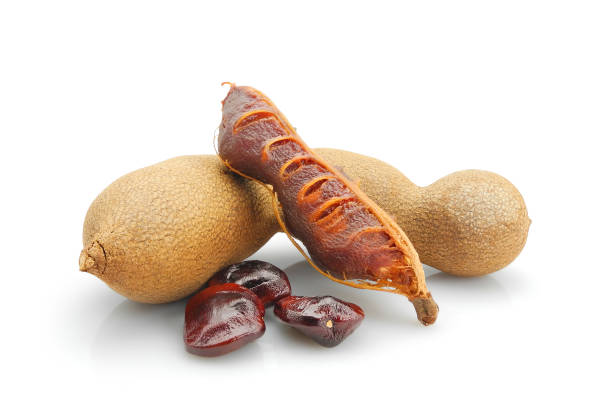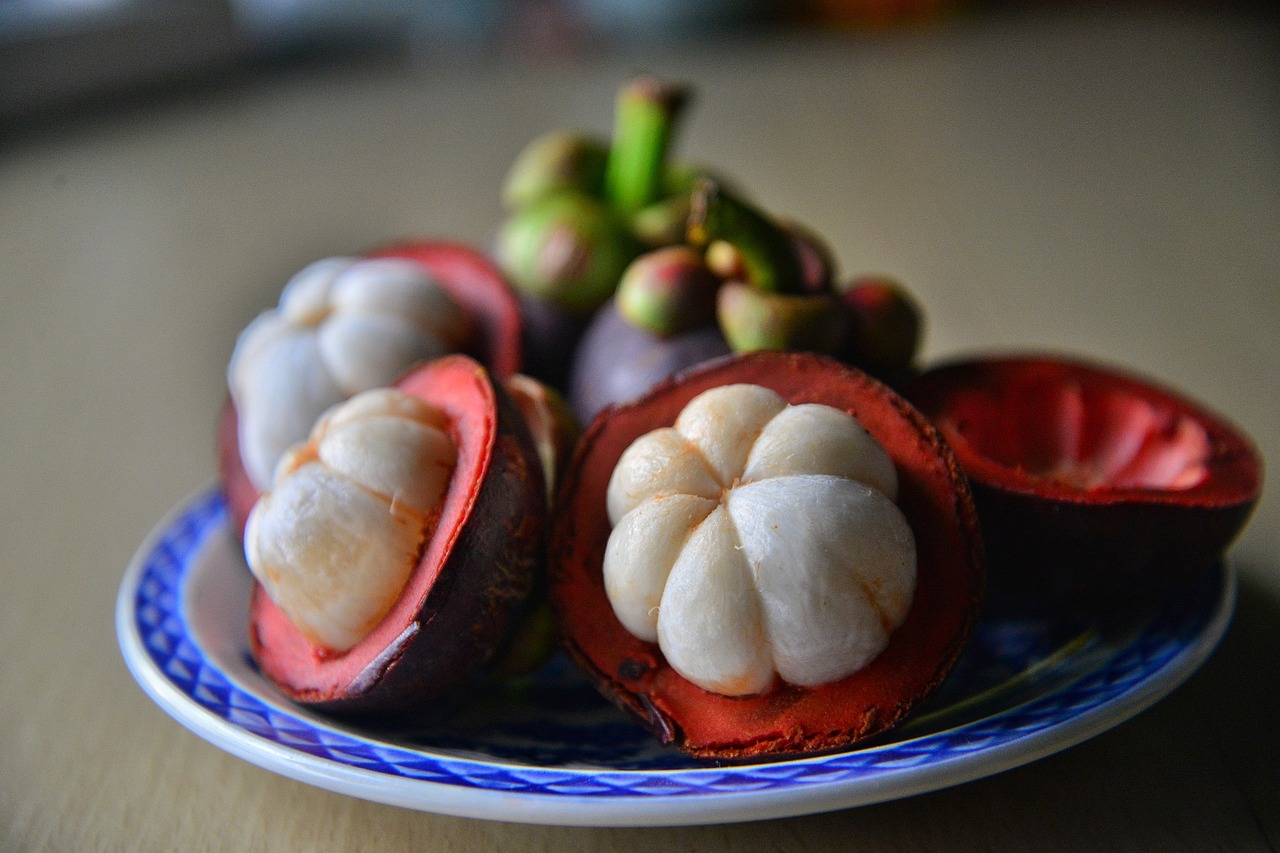Amidst the lush landscapes of tropical regions, the tamarind tree bears fruit that transcends its culinary use, offering a unique blend of sweet and tart flavors along with a wealth of nutritional benefits. Tamarind, known for its distinctive taste and versatility in various cuisines, is not only a flavor enhancer but also a nutrient-rich treasure. Let’s delve into the nutritional richness that makes tamarind a tangy delight packed with healthful goodness.
Rich in Essential Nutrients:
Tamarind is a source of essential nutrients that contribute to overall well-being. It contains significant amounts of vitamin C, an antioxidant vital for immune health, collagen synthesis, and protection against oxidative stress. Additionally, tamarind provides essential minerals such as potassium, magnesium, and iron, supporting various physiological functions, including heart health and oxygen transport in the blood.

Antioxidant Properties:
Tamarind boasts antioxidant compounds, including polyphenols and flavonoids. These antioxidants play a crucial role in neutralizing free radicals, reducing inflammation, and potentially preventing chronic diseases. Regular consumption of tamarind may contribute to cellular health and bolster the body’s defense mechanisms.
Dietary Fiber for Digestive Health:
Tamarind is a commendable source of dietary fiber, both soluble and insoluble. This fiber content aids in promoting regular bowel movements, preventing constipation, and supporting a healthy gut microbiome. Tamarind’s fiber richness adds a digestive-friendly dimension to the fruit, contributing to overall gastrointestinal well-being.

Natural Source of Traditional Medicinal Uses: Acid:
The tartness of tamarind is attributed to tartaric acid, which not only adds a distinctive flavor but also offers potential health benefits. Tartaric acid may have antimicrobial properties, contributing to oral health, and it is believed to play a role in supporting the digestive system.
Potential Blood Sugar Regulation:
Some studies suggest that tamarind may have properties that help regulate blood sugar levels. Compounds in tamarind, such as polyphenols and dietary fiber, may contribute to improved insulin sensitivity, making it a potentially favorable addition for those managing diabetes.

Culinary Versatility:
Tamarind’s culinary versatility extends from being a key ingredient in savory dishes to playing a starring role in beverages, chutneys, and desserts. Its sweet and tangy flavor enhances a myriad of culinary creations, adding depth and complexity to both traditional and modern dishes.
Traditional Medicinal Uses:
In various traditional medicine systems, tamarind has been used for its purported medicinal properties. It has been employed to alleviate digestive issues, support heart health, and address conditions such as fever and sore throat. While scientific research is ongoing, these traditional uses highlight tamarind’s historical significance in promoting well-being.

In conclusion, tamarind, with its tangy allure and nutritional richness, stands as a testament to the diverse offerings found in tropical fruits. As we savor its unique flavor and embrace its culinary versatility, we partake in a journey that celebrates not only the taste bud-tingling experience but also the potential healthful benefits of tamarind. From supporting digestive health to providing essential nutrients, tamarind remains a symbol of both culinary delight and nutritional excellence in the tapestry of tropical fruits.




